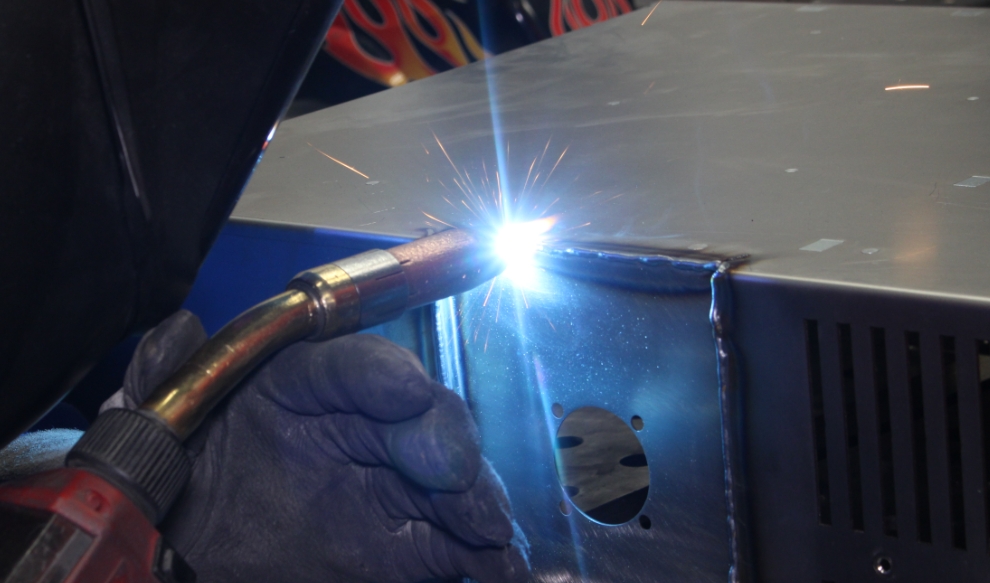Electrical enclosures play a critical role in protecting sensitive electrical equipment from environmental factors and ensuring operational safety. These enclosures come in various types, such as outdoor electrical enclosures, stainless steel electrical enclosures, and CCTV cabinets, each with unique requirements and applications.
The manufacturing process begins with selecting the appropriate material, which depends on the enclosure’s intended environment and function:
Outdoor Electrical Enclosures require weather-resistant materials, such as stainless steel or coated galvanized steel, to withstand exposure to elements like rain, dust, and UV radiation, so stainless steel is a popular material for most customers.
Stainless Steel Electrical Enclosures are ideal for environments with high humidity or chemical exposure, providing excellent protection against rust and corrosion. High-grade stainless steel is often chosen for its strength and aesthetic appeal, making it suitable for both functional and visible applications.
CCTV Cabinets need to secure sensitive surveillance equipment, often in outdoor settings. These enclosures are typically fabricated from robust materials that offer security and protection from tampering, in addition to weather resistance.

With the material prepared, the next step is cutting and shaping. Precision cutting is essential, as electrical enclosures require tight tolerances to ensure a secure fit for all components. Modern sheet metal fabrication utilizes advanced technologies for this stage:
Laser Cutting: This highly accurate method is often used for stainless steel enclosures. It allows for precise cuts, ensuring each panel and component fits perfectly.
Punching and Stamping: For certain designs, punching and stamping machines create holes and indentations in the sheet metal for mounting or cable entry points. These processes are commonly used in manufacturing CCTV cabinets and other enclosures requiring multiple access points.
Bending: The flat metal sheets are then bent to create the structure of the enclosure. CNC (computer numerical control) bending machines provide precision bending, resulting in enclosures that meet design specifications exactly.
Once each component is shaped, the enclosure moves to the welding and assembly phase. Here, the individual parts are joined to form a solid structure.

The enclosure’s surface is treated to enhance durability and aesthetics. The finish also plays an important role in corrosion resistance, particularly for outdoor and stainless steel electrical enclosures.
Powder Coating: Powder coating is a common finish that provides a durable, corrosion-resistant layer. It is applied to outdoor electrical enclosures to protect against environmental damage while offering a range of color options.
Polishing: For stainless steel enclosures, polishing gives a sleek, professional appearance that’s also easy to clean. This finish is especially beneficial in industries requiring high hygiene standards, like food processing or healthcare.
Anodizing or Galvanizing: These processes are used on materials like aluminum and steel, adding a layer of corrosion resistance. Anodizing is ideal for aluminum, while galvanizing protects steel from rusting.

After finishing, each enclosure undergoes rigorous quality control to ensure it meets industry standards and client specifications:
Ingress Protection (IP) Testing: For enclosures that need to resist water and dust (such as outdoor enclosures), IP testing ensures they meet the desired IP rating, like IP65 or IP66, ensuring the equipment will be safe in its environment.
Impact and Strength Testing: Enclosures, particularly CCTV cabinets and stainless steel enclosures, may undergo impact testing to confirm durability in high-traffic or industrial environments.
Thermal Testing: For enclosures that house heat-sensitive equipment, such as CCTV cabinets, thermal testing is performed to ensure that ventilation or cooling solutions are effective.